Summary
The Temple of Apollo at Didyma, an ancient Greek sanctuary, stands as a testament to the architectural prowess of the Hellenistic period. Located in modern-day Turkey, this oracle shrine, second only to Delphi, was a significant religious center. Its grandeur, despite being incomplete, still captivates historians and tourists alike.
Get your dose of History via Email
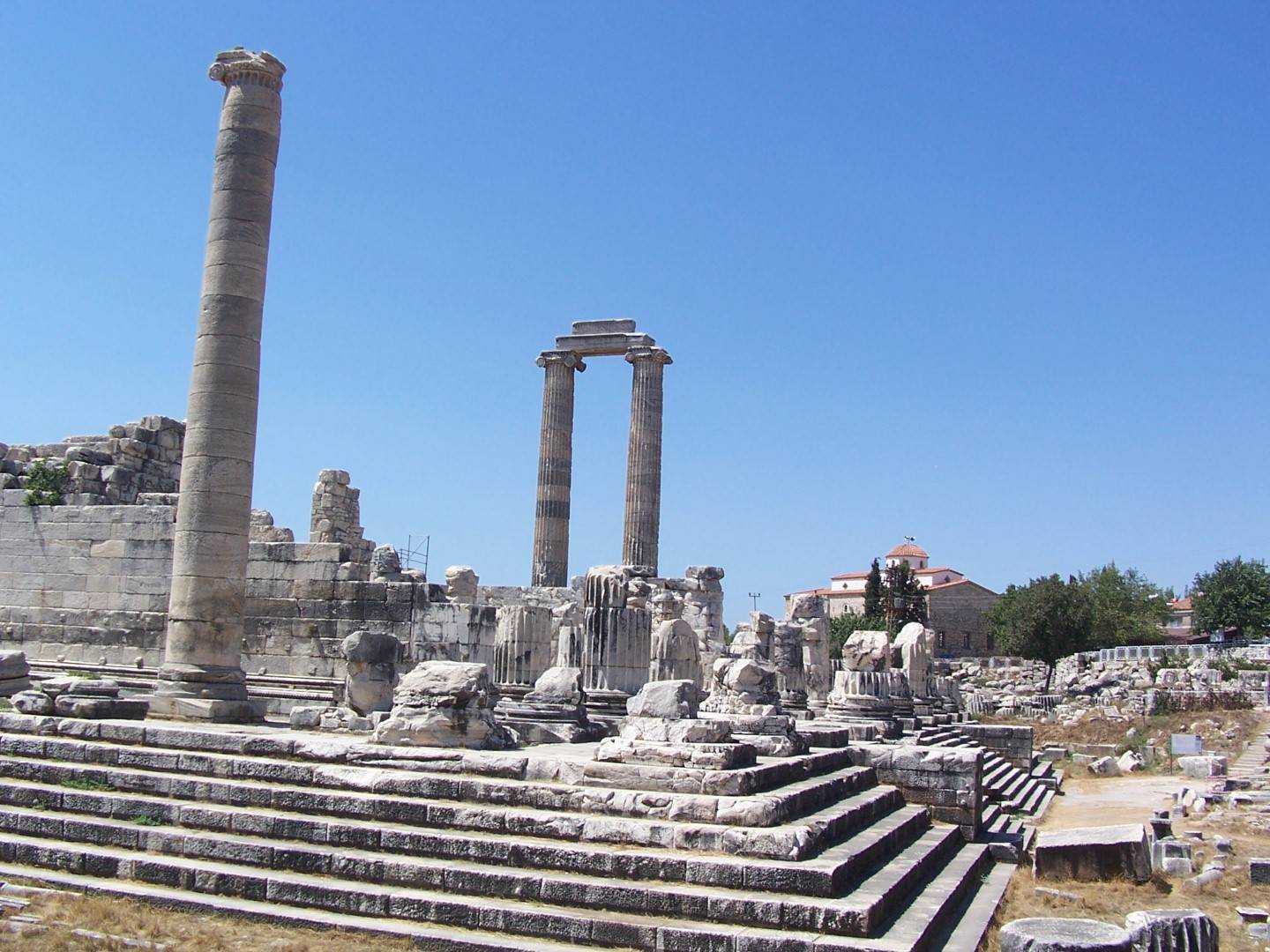
Historical Background of Temple of Apollo at Didyma
The history of the Temple of Apollo at Didyma dates back to the 8th century BC, initially as a simple shrine. The Ionians, an ancient Greek tribe, developed it into a grand temple in the 6th century BC. However, the Persians destroyed it in 494 BC during the Ionian Revolt.
Reconstruction began in 330 BC but was never completed, despite lasting for several centuries. The temple was abandoned after the oracle ceased to function in the late 4th century AD. The ruins were rediscovered in the 16th century, sparking interest among historians and archaeologists.
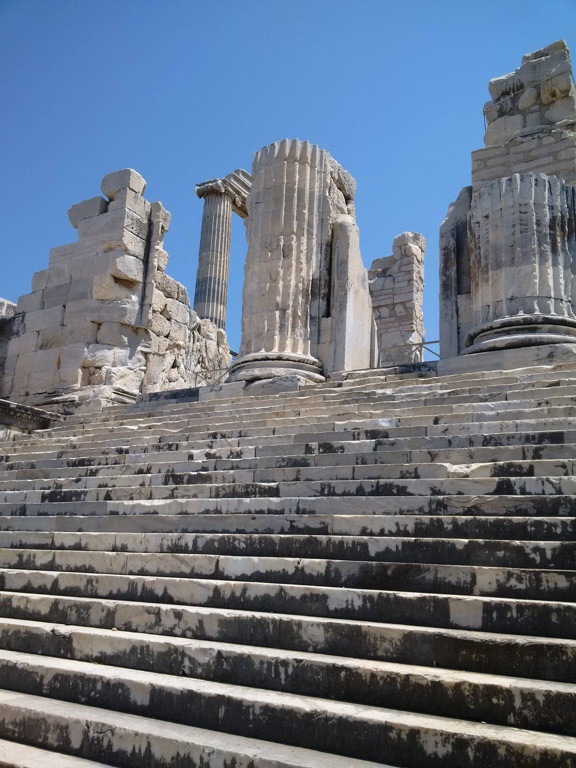
The temple was unique as it housed an oracle, where the priestess, known as Pythia, delivered prophecies. Pilgrims flocked to Didyma, seeking divine guidance, especially during the annual festival, Didymeia.
Didyma’s location near the coast and its association with Miletus, a prosperous ancient city, boosted its significance. It was connected to Miletus via the Sacred Way, a processional route used during religious festivals.
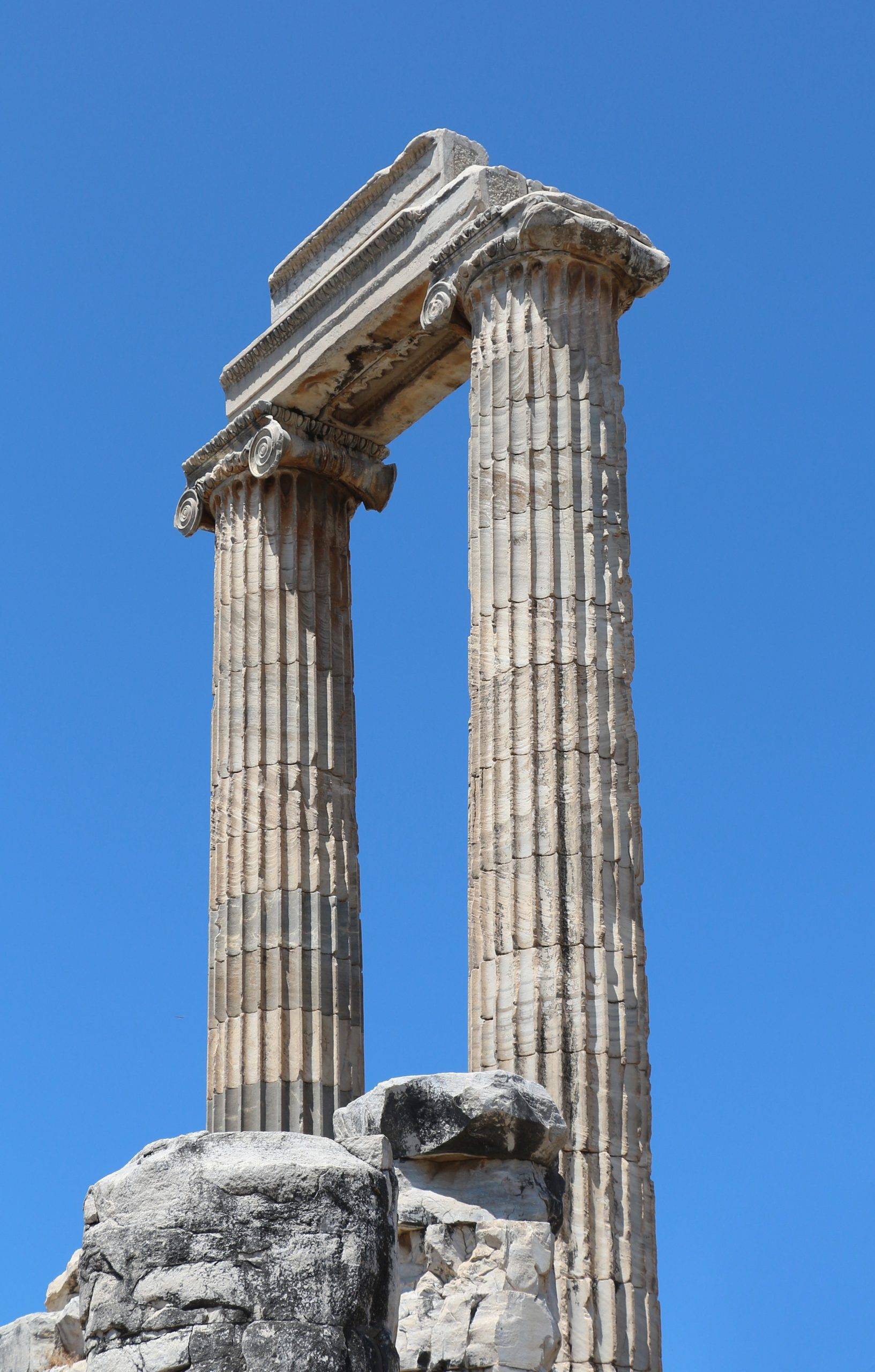
The Temple of Apollo at Didyma was not just a religious center, but also a symbol of Greek resistance against Persian dominance. Its grandeur was a statement of Greek cultural superiority and resilience.
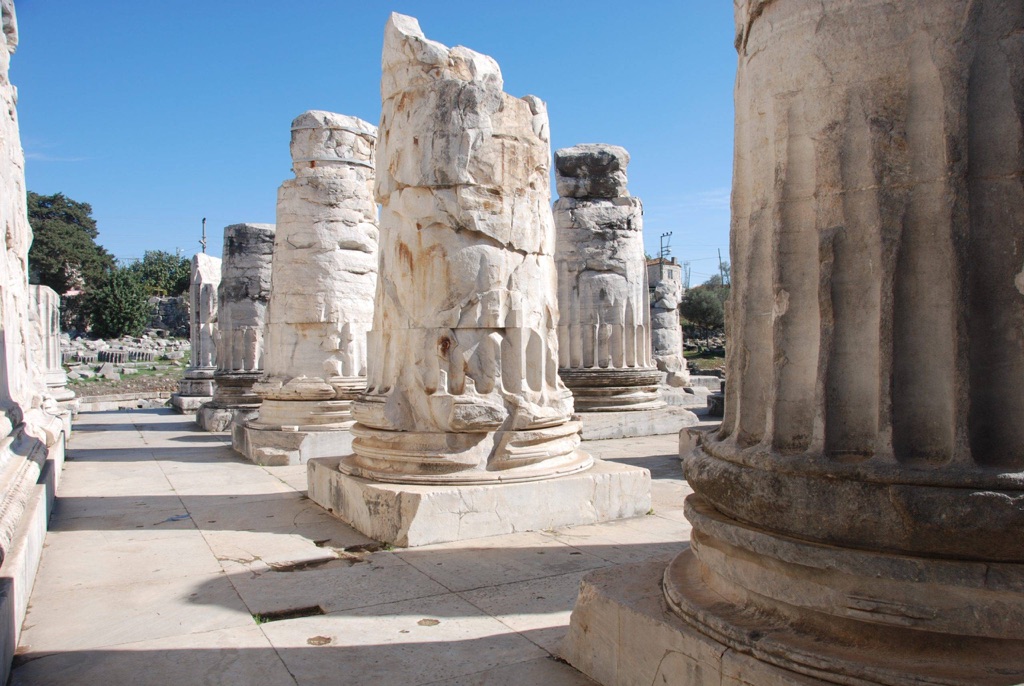
Architectural Highlights/About the Artifact
The Temple of Apollo at Didyma is an architectural marvel, reflecting the grandeur of Hellenistic architecture. Despite being incomplete, it was one of the largest temples of the ancient world.
The temple was designed as a dipteral temple, featuring a double row of columns surrounding the central cella. It boasted 122 colossal Ionic columns, each standing 20 meters tall. However, only three of these columns remain standing today.
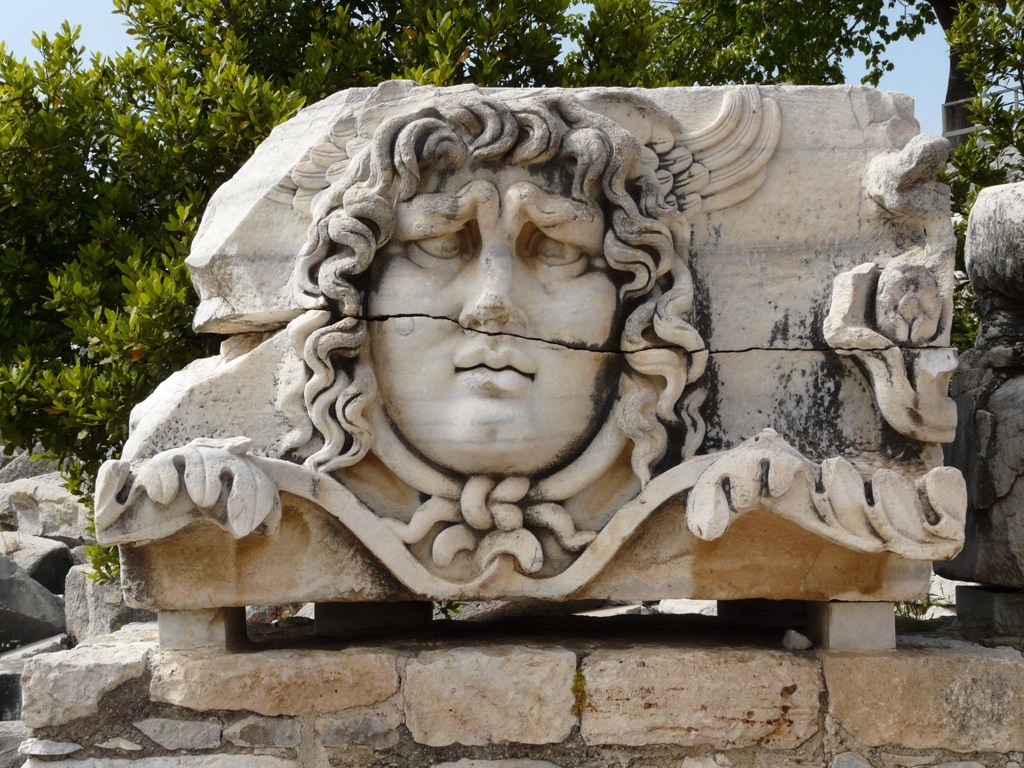
The cella, unlike traditional Greek temples, was open to the sky, creating a unique sacred space. It housed the sacred spring, the symbol of Apollo’s presence, and the naiskos, a smaller shrine where the oracle delivered prophecies.
The temple’s design was complex, featuring a maze-like adyton where the oracle resided. The adyton was accessed through a narrow passage, adding to the temple’s mysterious aura.
The temple’s facade was adorned with intricate sculptures, including a frieze depicting the griffins of Apollo. The unfinished state of the temple offers a unique insight into the construction techniques of the Hellenistic period.
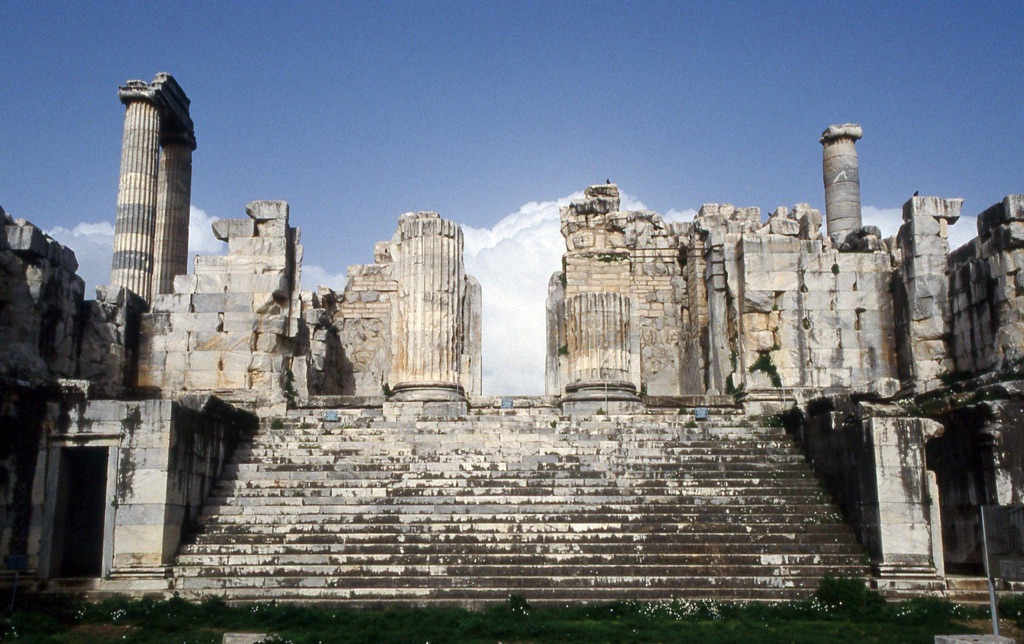
Theories and Interpretations
The Temple of Apollo at Didyma has sparked various theories and interpretations. Its unfinished state has led to debates among historians about the reasons for its incompletion.
Some scholars believe that the temple’s construction was halted due to financial constraints. Others argue that it was left incomplete intentionally, as a symbol of human imperfection.

The temple’s oracle has also been a subject of fascination. The process through which the Pythia delivered prophecies remains a mystery. Some theories suggest the use of hallucinogenic substances, while others propose a state of divine ecstasy.
The temple’s association with Miletus has led to interpretations about its role in promoting the city’s political power. The grandeur of the temple served as a statement of Miletus’s wealth and influence.
The temple’s destruction by the Persians and its subsequent reconstruction has been interpreted as a symbol of Greek resilience and defiance against Persian rule.
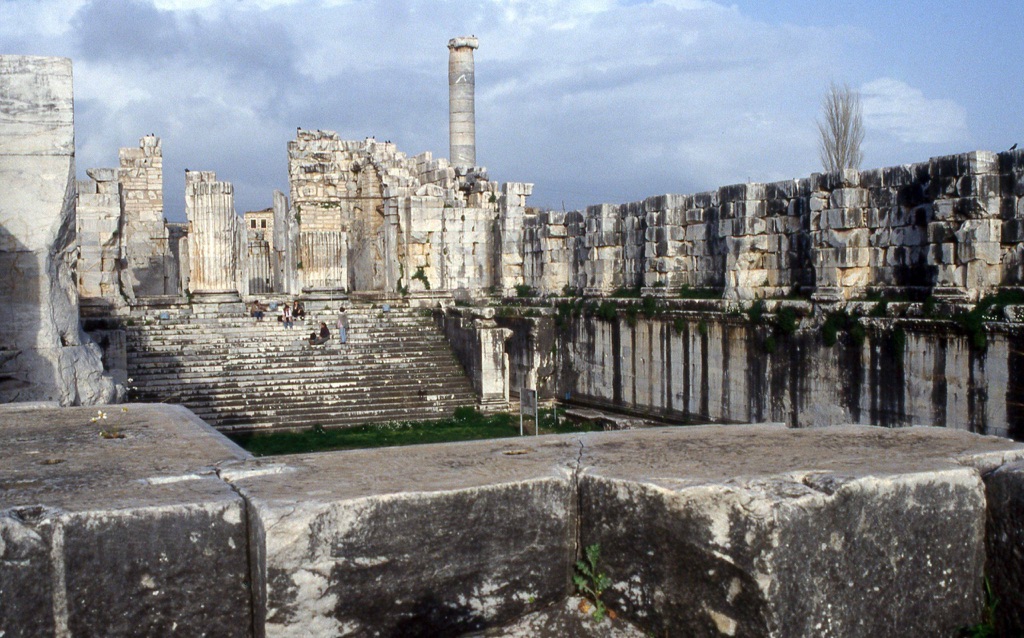
Good to know/Additional Information
Today, the Temple of Apollo at Didyma is a popular tourist destination. Its ruins offer a glimpse into the grandeur of ancient Greek architecture and religious practices.
The temple’s annual festival, Didymeia, has been revived in recent years. The festival features music, dance, and theatrical performances, attracting tourists and locals alike.
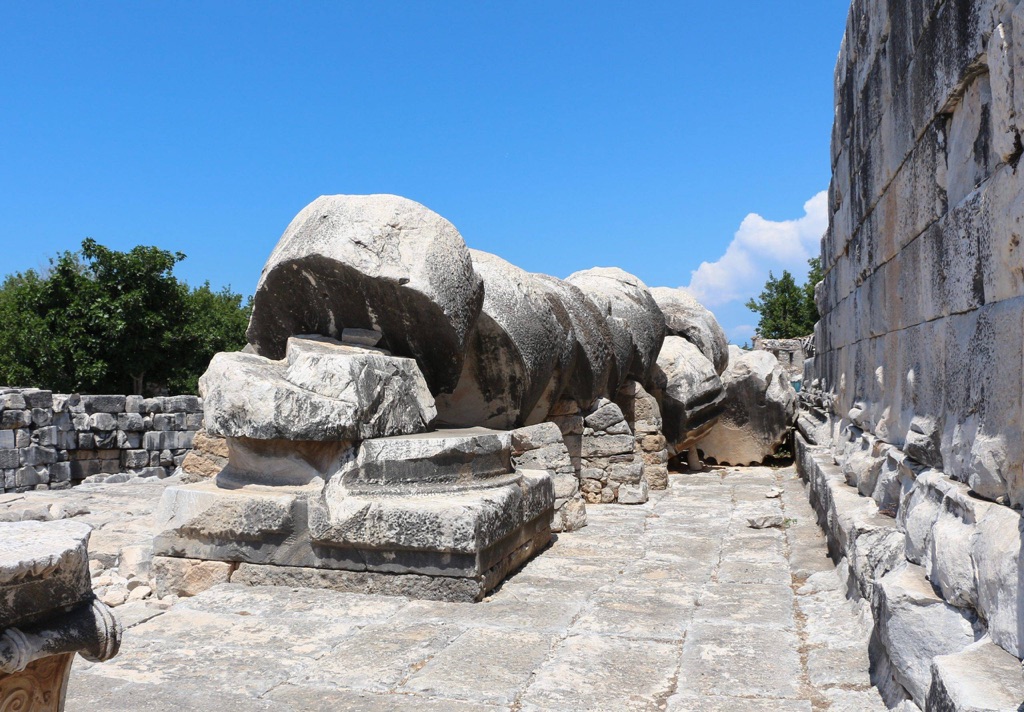
The temple is located near the modern town of Didim, offering a range of accommodations and amenities for visitors. The nearby ancient city of Miletus and the Sacred Way are also worth exploring.
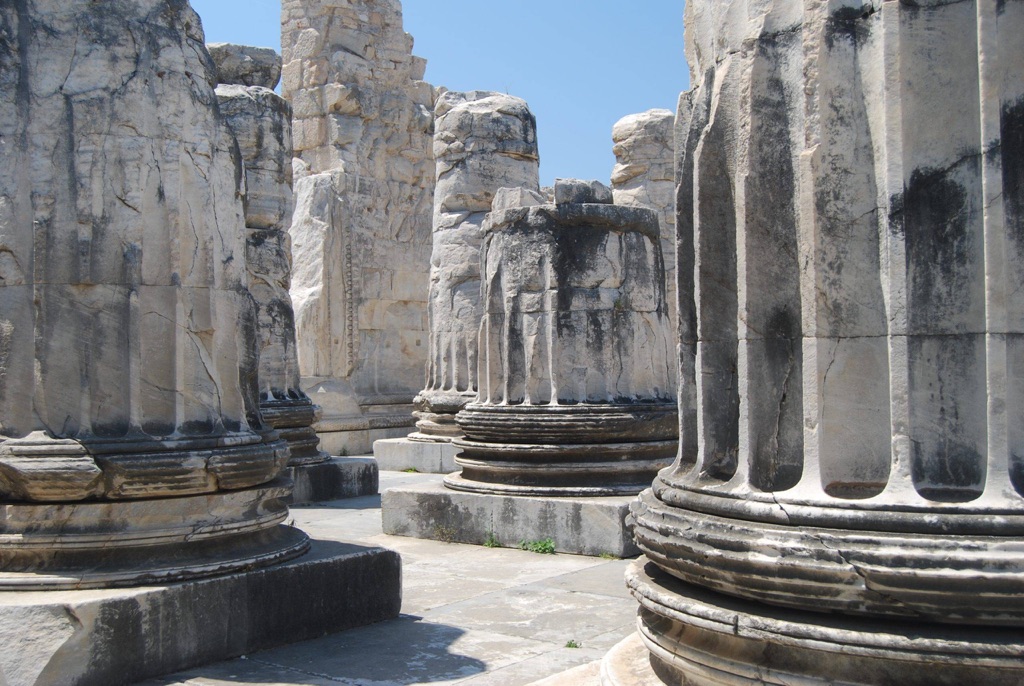
The temple’s ruins are best visited during spring or autumn to avoid the summer heat. Guided tours are available, offering detailed insights into the temple’s history and architecture.
Visitors should note that the site is not fully accessible for people with mobility issues due to uneven surfaces and steps.
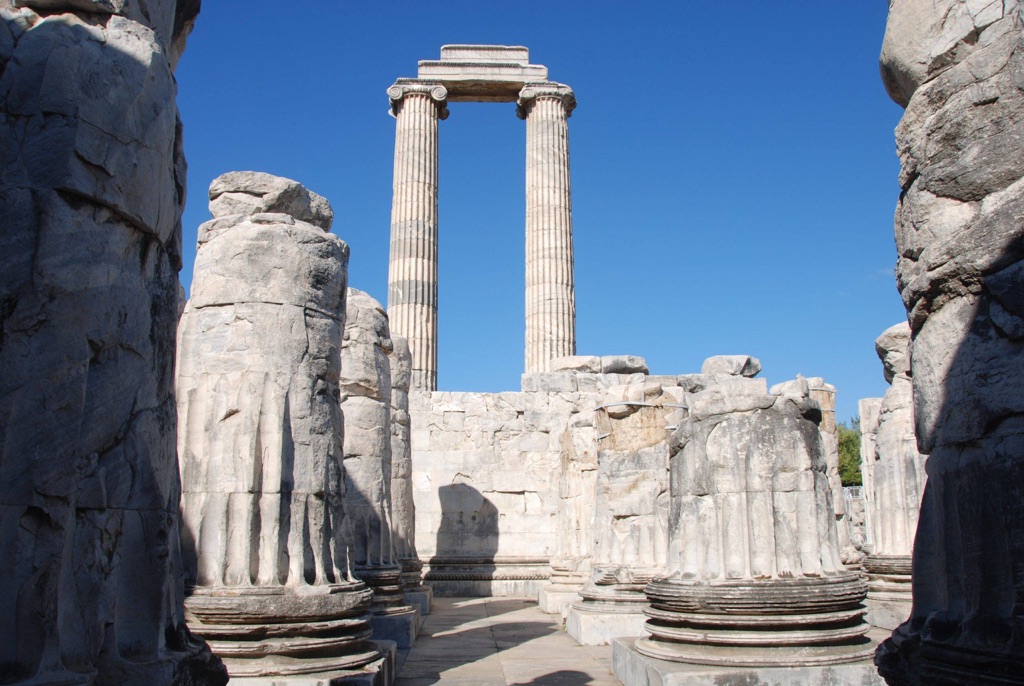
Conclusion and Sources
The Temple of Apollo at Didyma, with its rich history and architectural grandeur, offers a fascinating glimpse into the ancient Greek world. Its ruins continue to captivate historians, archaeologists, and tourists, making it a must-visit for anyone interested in ancient history and architecture.
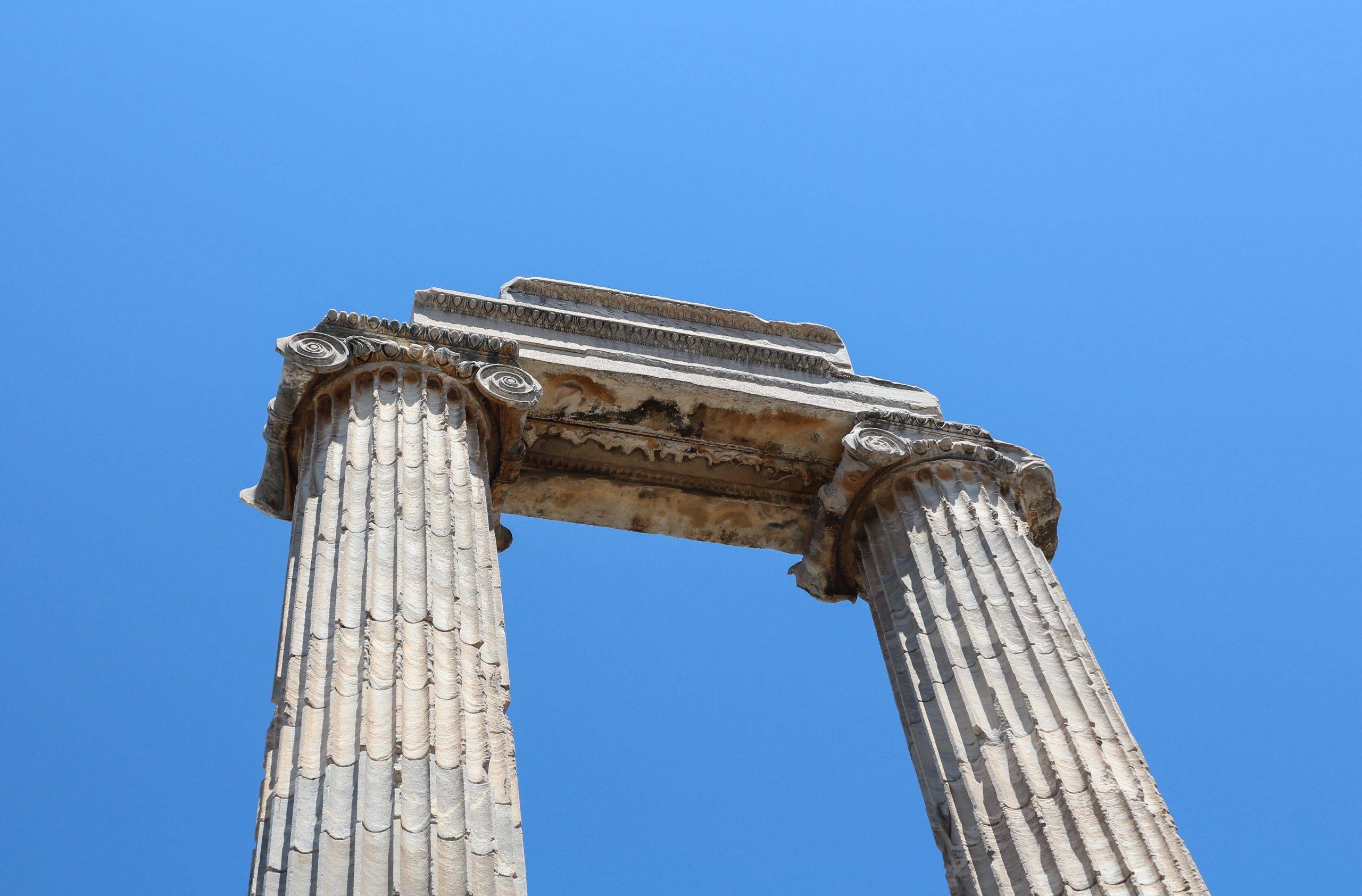
For further reading and research, the following sources are recommended:

